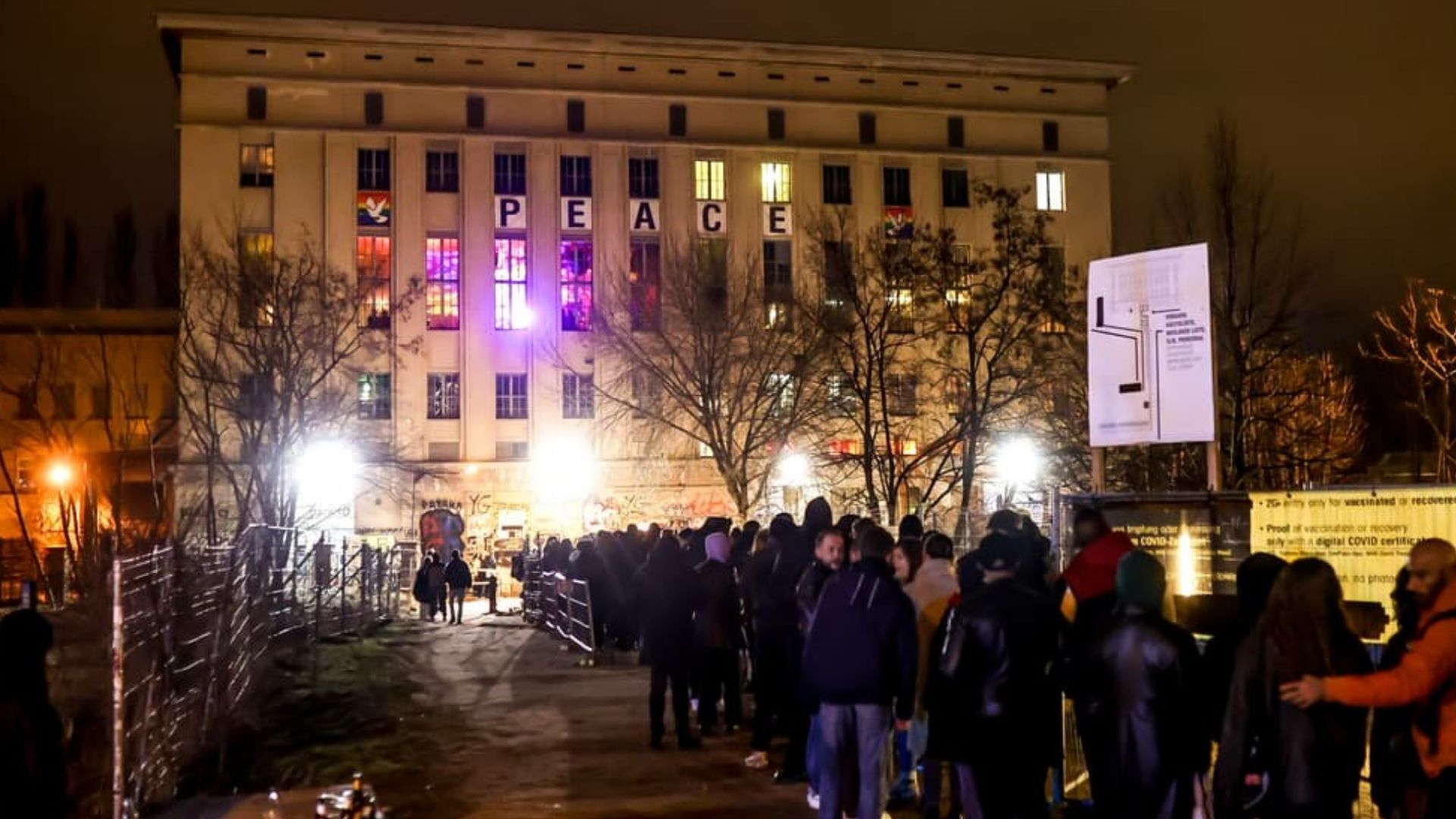
FAQ About Berghain

What is the history of the Berghain building?
The building that houses Berghain has a fascinating history that spans several decades. It was originally constructed as a power plant and has undergone various transformations before becoming the iconic nightclub we know today. Here's an overview of the history of the Berghain building:
- Power Plant Construction (1953-1954): The building was constructed between 1953 and 1954 as a power plant for the city of East Berlin. It was designed by architect Richard Paulick in the typical architectural style of the German Democratic Republic (GDR).
- Transformation into a Nightclub (1991-2004): After the fall of the Berlin Wall in 1989 and the reunification of Germany, the power plant ceased operations. In the early 1990s, the building was used for various purposes, including as a location for art events and temporary exhibitions.
- Transformation into Berghain and Panorama Bar (2004): In 2004, Michael Teufele and Norbert Thormann, along with other partners, transformed the abandoned power plant into Berghain and Panorama Bar. The layout and design of the building were adapted to create a unique nightclub and music venue. The industrial and raw aesthetic of the former power plant was retained, contributing to the club's iconic atmosphere.
- Techno Mecca and Global Influence: Berghain quickly gained a reputation as one of the world's premier techno clubs. Its exceptional sound system, unique architecture, and focus on cutting-edge electronic music helped establish it as a global mecca for techno enthusiasts and artists.
- Ongoing Evolution: Over the years, Berghain has evolved and expanded, hosting various events, parties, and art exhibitions. It has become a symbol of Berlin's nightlife culture and continues to play a significant role in shaping the international techno music scene.
